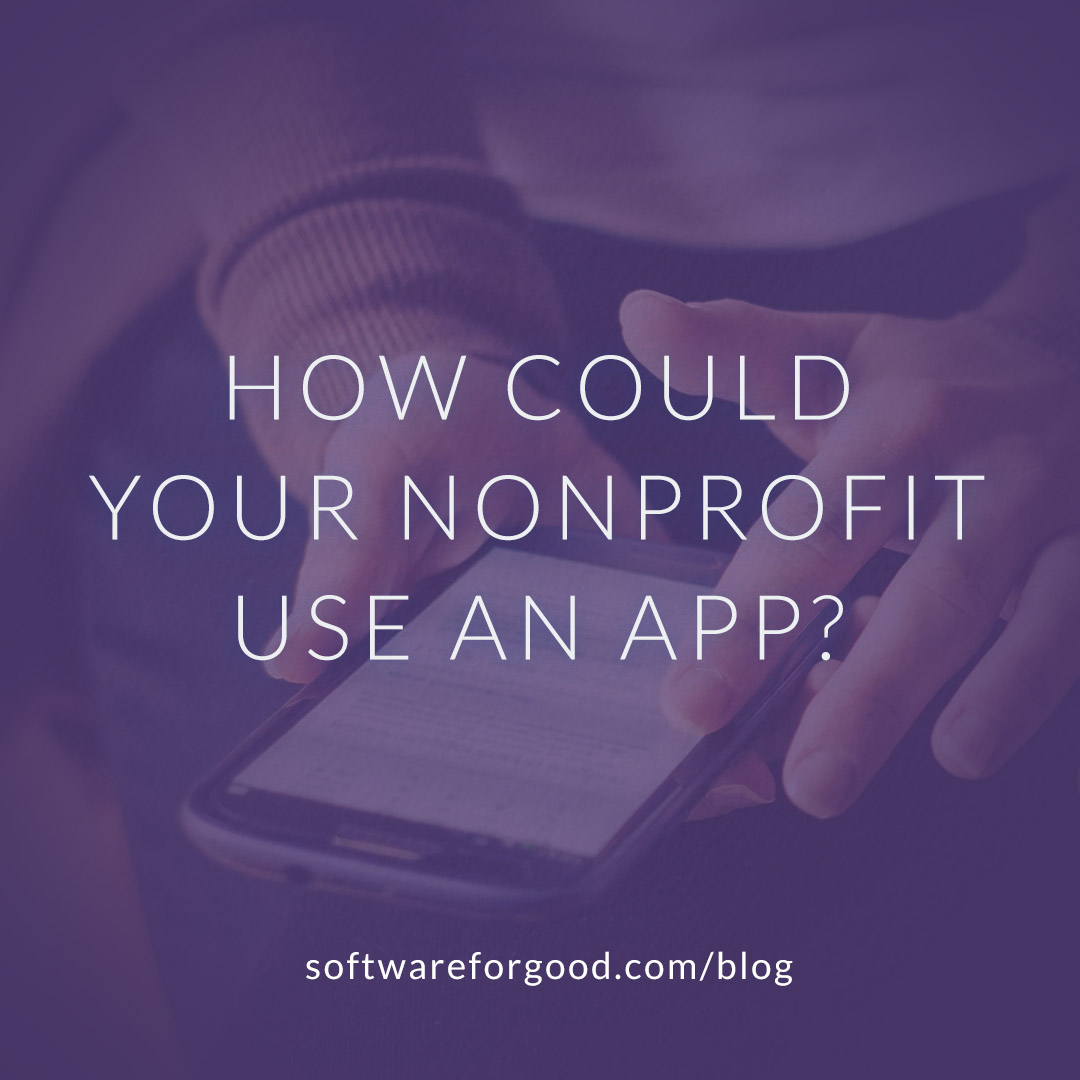If you work at a nonprofit, you might see a custom software application as beyond your organization’s reach. After all, you probably work on a tight budget. You may even find yourself saying, “I’m just not tech-savvy.”
But web and mobile applications don’t have to be flashy, trendy, or even public-facing to expand a nonprofit’s impact. Here’s how you might be able to use custom software:
Turn one of your programs into an interactive self-service tool.
The Arc Minnesota serves people with developmental and intellectual disabilities, and its programs include Transition Vision workshops for young people who are transitioning into adult life and planning for their futures. Get Set! makes that process fun and accessible with an online quiz that engages users in questions about their interests and goals. Young adults can fill out the quiz on their own or with an advocate or family member.
Could you reach more people by offering a self-service tool?
Simplify a complicated process and make it accessible for the people you serve.
Applying for project-based Section 8 housing is a complicated, time-consuming, and frustrating process for people in urgent need of housing. The nonprofit HousingLink wants to simplify it. Housing Hub uses accessible, user-friendly functionality, inspired by services like TurboTax, to walk people through the application process and keep them updated about their place on waitlists. Currently in development, the empathy-driven platform aims to help people find homes more quickly and efficiently.
Do you manage a complicated, paperwork-heavy process? What if you could simplify it for your team as well as the people you serve?
Manage volunteers and schedule their shifts.
TC Food Justice is an entirely volunteer-run organization that rescues food from being wasted and brings it to shelters and community centers. To schedule their food rescues and volunteer shifts, they were using an open-source platform created by Colorado-based Boulder Food Rescue, but it didn’t meet all of their needs. Software for Good’s interns updated and customized the application, allowing TC Food Justice to work more efficiently and expand their efforts.
Could an easy-to-use application make it easier to manage and schedule volunteers?
Help people navigate a major event.
Mobile apps can guide attendees through events like the Twin Cities Pride Festival, which encompasses live music, vendors, and a parade. The app we built for Pride allows visitors to plan their itineraries and access information about vendors and parade participants. Similarly, Art-A-Whirl helps attendees navigate art and music across Northeast Minneapolis with their mobile app, built by local firm VON91.
Does your organization host a festival or other major gathering? Could you make it a better experience by making information easily accessible by smartphone?
Offer a solution to an urgent social problem.
Tech entrepreneur Mondo Davison was motivated to build SafeSpace after seeing people of color killed by police across the country, including his fellow St. Paul Central graduate Philando Castile. He partnered with Software for Good to build this mobile app, which allows users to alert their contacts and nearby allies during encounters with police. After reporting an incident, the user can fill out a survey about the officer’s conduct, collecting data to inform conversations and fuel solutions to police brutality.
What could an app do to help your organization respond to critical issues and situations?
In our experience, custom software can make nonprofit programs more efficient, accessible, and empathetic, leading to greater impact. What could a web or mobile application do for your organization?

